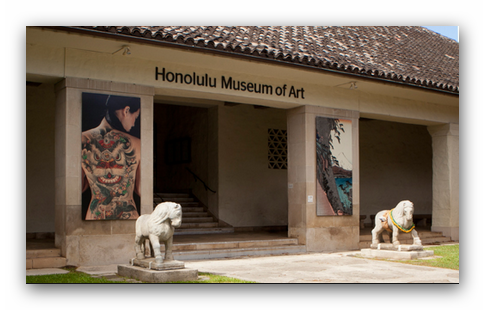Feb 2 2017 - Aug 13 2017
Honolulu, HI
More than any other Spanish artist of his generation, Francisco Goya (1746–1828) gave visual form to the Enlightenment by examining the tension between rationalism and superstition, truth and religion, and society and the individual. His series of etchings The Disasters of War levels an indictment of the human suffering inevitably associated with warfare. He conceptualized the series between 1810 and 1814, when Spain, then occupied by Napoleon Bonaparte’s army, was embroiled in the long and bloody Peninsular Wars: guerrilla warfare fought by Spanish peasants and townspeople against their foreign invaders.
The Disasters of War is a record not of battle, but of the torture and execution, the piles of corpses, the rape and famine, the wasted terrain, and the hypocrisy of those in power that collectively stand as evidence of the wholesale cost of the long and difficult struggle. In choosing not to take sides, Goya issued the deeply humanitarian reminder that war, far from a confrontation between good and evil, is a tragic event in which both sides are victims, and he left us with haunting images of unspeakable carnage whose casualties are anonymous and whose cause and justification are uncertain.
Although Goya is best known for his forthright portraits of the Spanish monarchy and his darkly ambiguous late works known as the Black Paintings, The Disasters of War testifies to his profound expertise as a printmaker. He completed his working proofs as the war unfolded and its atrocities escalated, but he never published the series during his lifetime, for the reactionary political climate that intensified after the reinstatement of the Spanish monarchy in 1814 made publication not only impossible, but unthinkable. In 1863—35 years after Goya’s death—The Disasters of War was published for the first time. This exhibition features a selection of plates from the first edition.
Credit: Exhibition overview from museum website
Exhibition Venues & Dates
Feb 2 2017 - Aug 13 2017
Honolulu, HI
